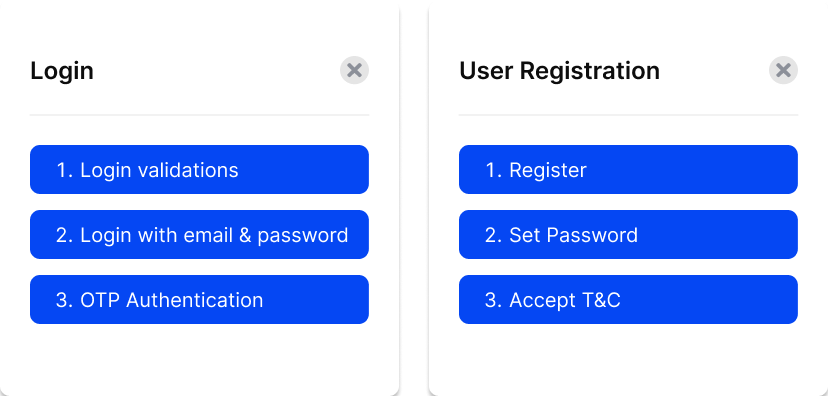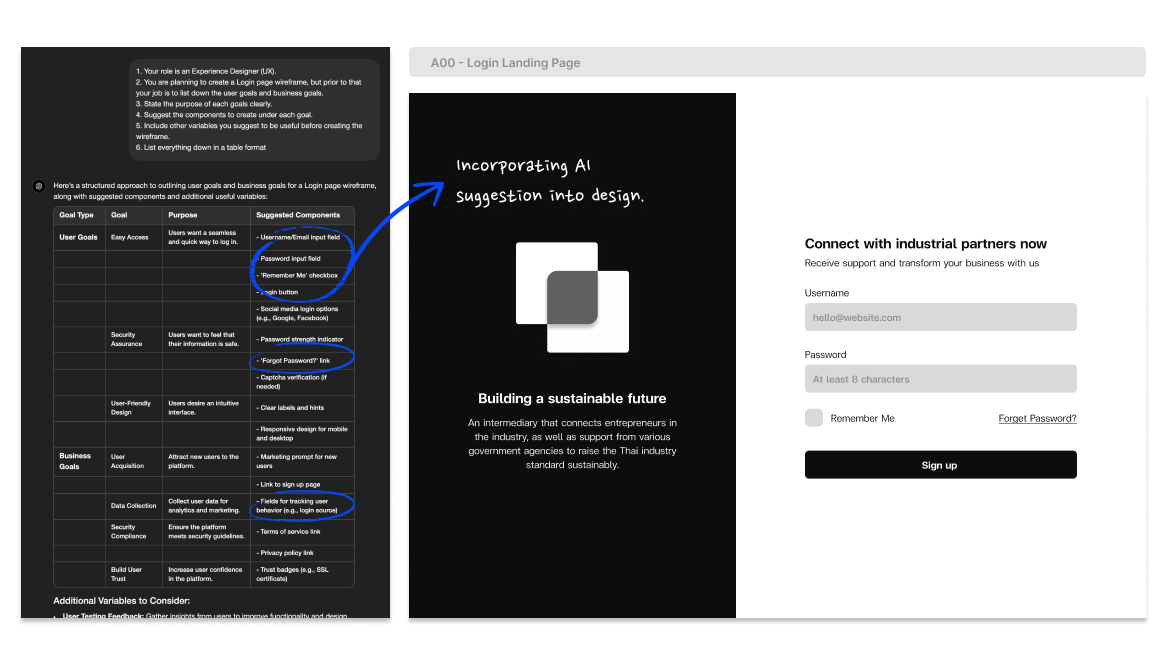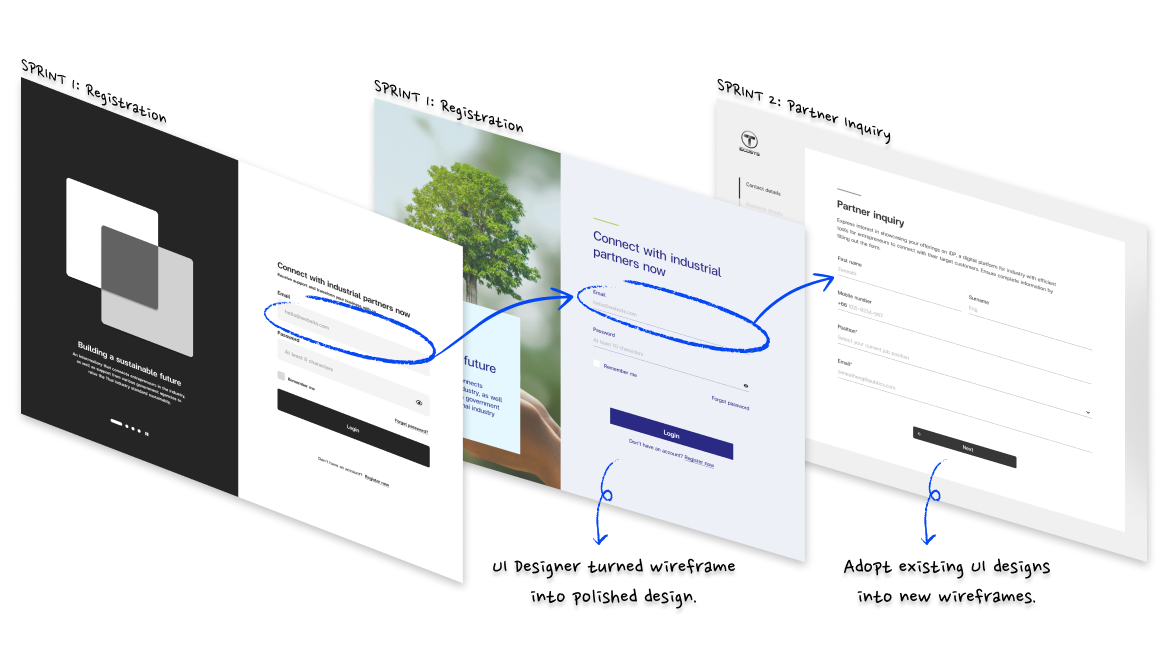T-ECOSYS
Supporting Talent Growth in Thailand
Project
Overview
T-ECOSYS is a unique industrial technology company borne out of a strategic partnership between the public and private sectors in Thailand. With a focus on helping businesses in Thailand unlock new growth potential through digital transformation, I was part of a design team that assisted T-ECOSYS in creating Thailand’s first Industrial Digital Platform (iDP), which allowed them to realise their objectives.
MY ROLE
User Flow Mapping
Information Architecture
Wireframes
UX Writing
DESIGN TEAM
1 Experience Director
1 Experience Lead
3 Experience Designers (Including me)
1 UI Designer
Project
Inspiration
The User Persona: Digital Experienced Native
Mr K, a newly promoted Operations Manager at a drinks manufacturing company is summoned back to the company's factory on a public holiday (which he would rather be spending with his precious family). To his frustration, an ancient but important piece of bottling equipment has malfunctioned for the second time that month, and he is needed on-site to coordinate emergency repairs to prevent major service disruptions.
While Mr K knows that certain technological enhancements should be made to improve overall efficiency, he also knows that convincing the right stakeholders to get on board will be an uphill task.
User persona extracted from the discovery phase.
The Problem
With limited access to resources, Mr K feels powerless to implement meaningful change, as his company's leadership is resistant towards implementing new technology which they have little knowledge or experience with. They are also sceptical that long-serving employees may not have the ability to adapt to technological advancements, and may result in an overall decline in productivity and wasted investment.
The Solution
T-ECOSYS' iDP platform was able to connect him with industry experts and sources of funding to increase organisational knowledge and market the company's offerings to new customers.
Project Goal
To achieve T-ECOSYS' vision, our team outlined the project roadmap below. I was primarily involved in implementing the iDP's foundational features as well as the MVP for feature 1 below, which paved the way for helping businesses in the same predicament as Mr K.
1. Connect industry experts with local enterprises
Allow businesses to seek support in growth.
2. Online courses and knowledge repository
Allow upskilling of talent, uplifting Thailand's industrial standards overall.
3. Marketplace for industrial services and products
Boost domestic consumerism.
4. Investment support and loans
Support businesses in expansion and create more opportunities.
Impact
$2 Million
Revenue growth
1,000
Participating companies
10%
Reduction in implementation errors
1 Year
Design to
implementation phase
How I contributed to the success?
Enhance UX workflow
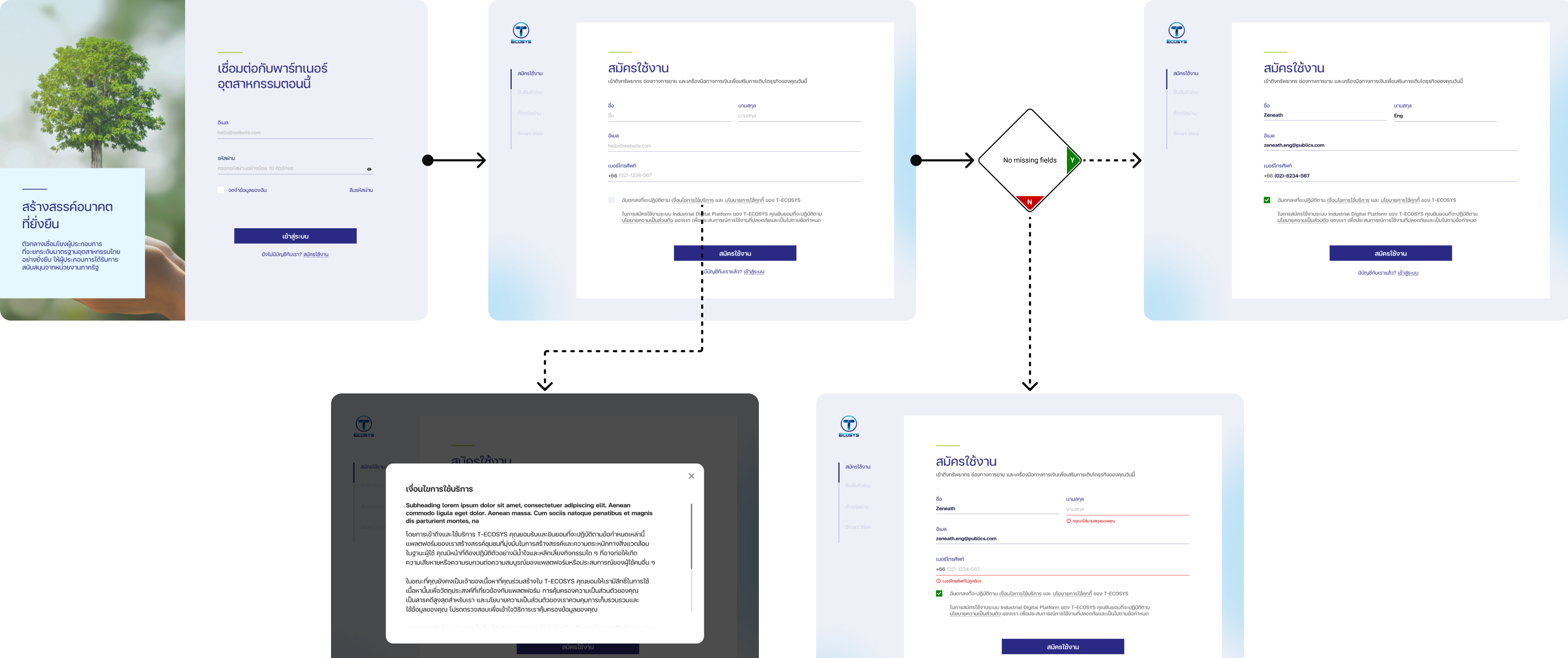
1. Create a singular source of truth
During the first sprint, I was assigned the two user stories below - "Login" and "User Registration". As the stories were broadly articulated, I knew that there were many gaps that I needed to bridge. Thus, before embarking on the design process, I decided to first establish a simplified user flow diagram to create a singular source of truth.
Instead of using traditional flowcharts, I opted for more streamlined visual language, using blank canvases to represent pages, states, and actions, while retaining decision points and directional arrows.
I applied this method to the "Login" story first, using the below user flow diagram to facilitate alignment discussions with various business stakeholders, including analysts and developers. The stakeholders embraced this approach and this tool became the single source of truth throughout the wireframing and implementation phases, ensuring that our teams were always on the same page.
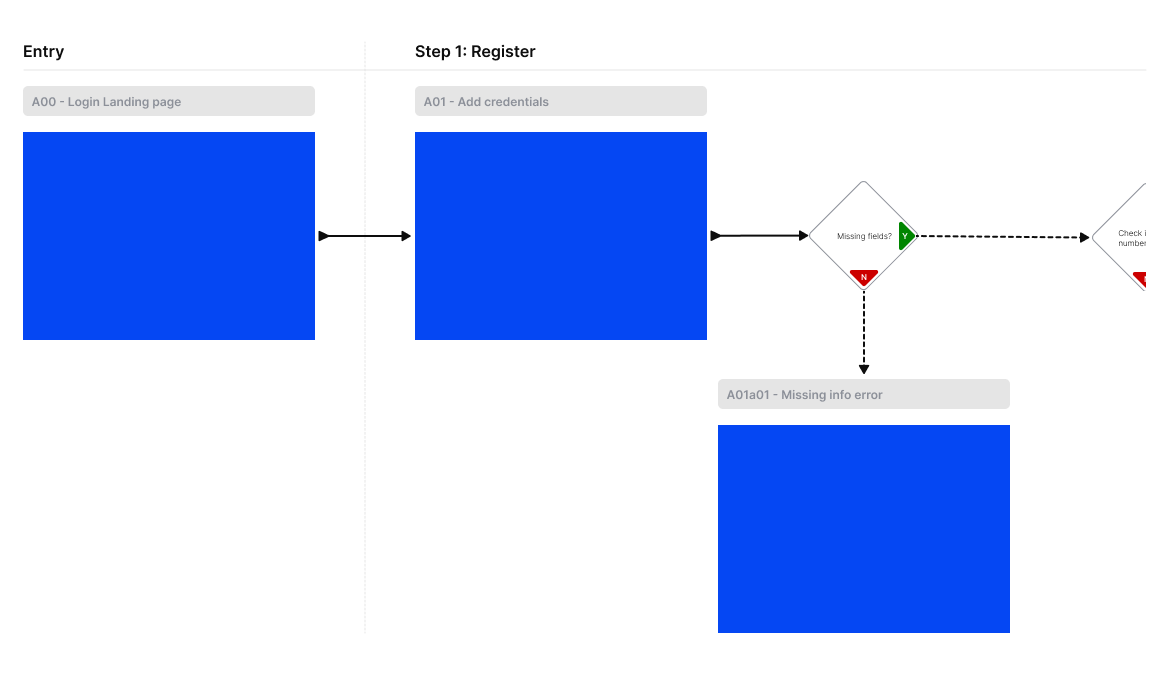
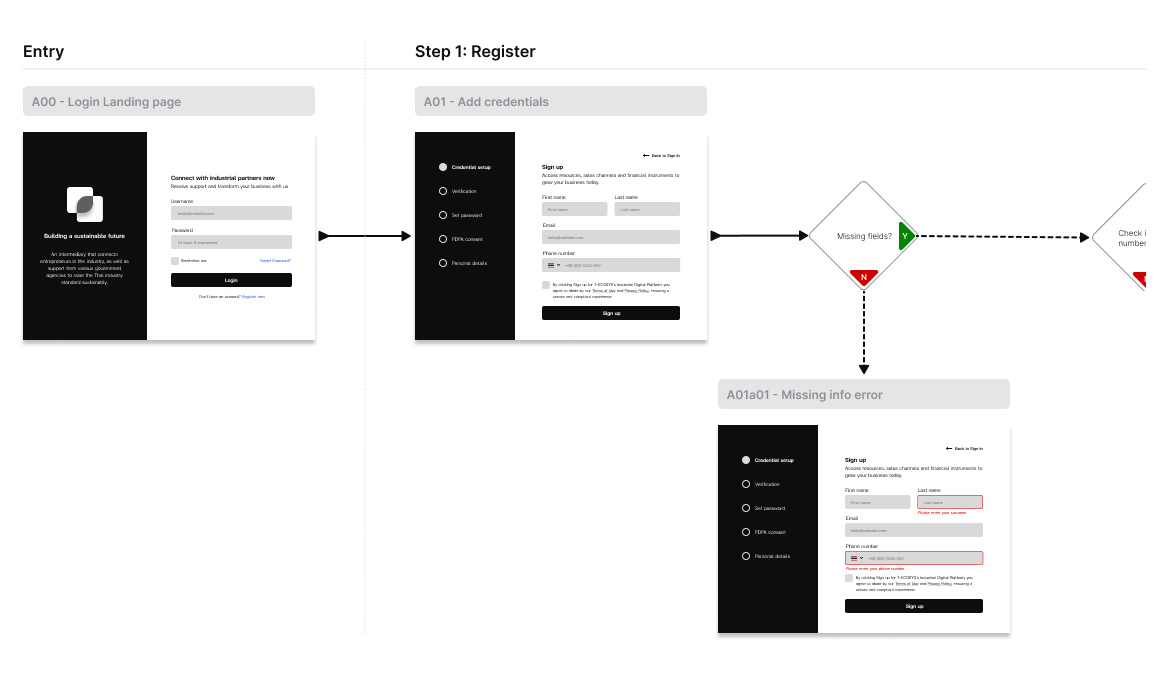
Simplified user flow diagram.
2. Deploy generative artificial intelligence tools
While the user flow diagrams were a good starting point, various functional elements (e.g. text field components, its variations, and configuration options) had to be supplemented. I decided to tackle this issue by leveraging my company's secure and sandboxed generative artificial intelligence (GenAI) tools.
Based on the user stories, I generated business and user goals and was able to bring fresh perspectives to our weekly review meetings, sparking valuable team discussions. Throughout this process, I also remained mindful of the potential risks involved with using GenAI tools, such as maintaining confidentiality and hallucinations.
Screenshot of results from GenAI tools applied to wireframe.
3. Clarify potential blindspots
To enhance product usability, I embedded functional and technical questions, modified from GenAI output, as annotations within my wireframes. These served as contextual prompts to help the teams assess whether the product design met the functional requirements of specific use cases.
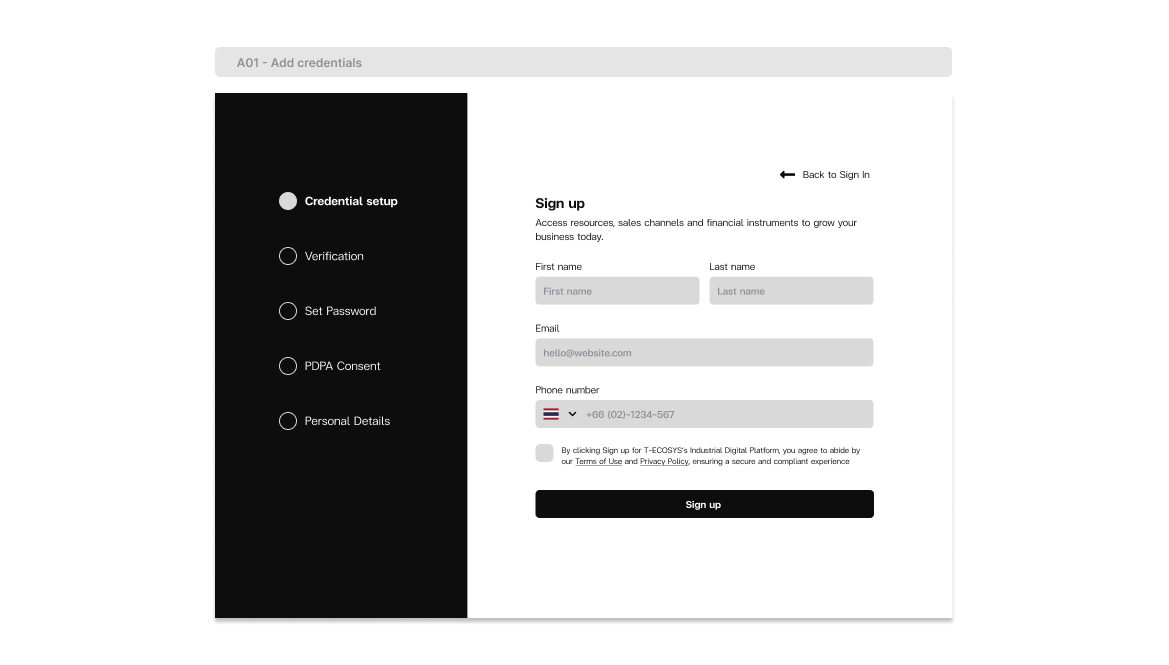
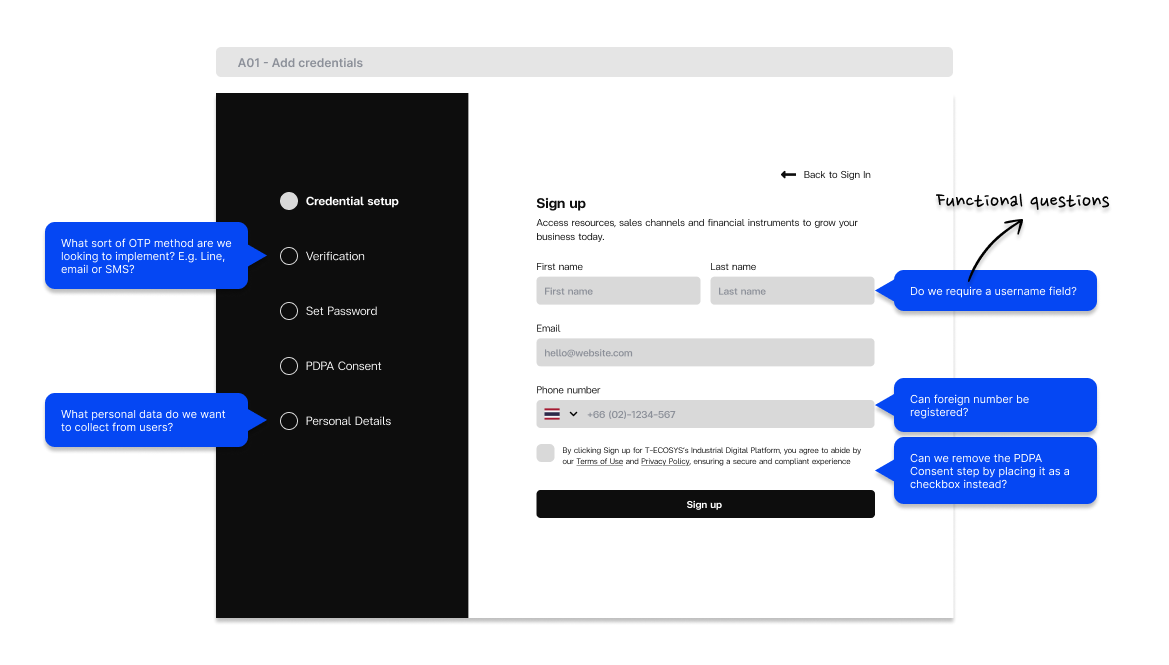
Example of questions embedded in wireframe.
4. Ensure logical content flow
Given the large volume of content within each user story, I had to prioritise the logical organisation of information. Using the "Partner Inquiry Form" below as an example, I had initially been provided with an extensive list of information which the client had intended to collect. I sorted the information into rational categories to ensure a clear sequencing of content for users, while highlighting valuable user insights for the client's consideration.
Example of how information was categorised.
I also wanted to ensure that the large volume of information would not overwhelm the user. While I acknowledge the established principle in UX design to limit the number of clicks or steps, in this scenario I felt compelled to break the content down into three separate steps to better guide the user along this journey. This approach eventually led to a higher completion rate.
Information was categorised and turned into wireframes.
5. Reduce repetitive design work
To address the challenge of having limited UI resources staffed on the project, our UX team had to think of creative solutions to streamline the handover and conversion process of our wireframes. I integrated design system components directly into wireframes, enabling the sole UI Designer to reduce time spent on repetitive design work, and instead gain bandwidth to tackle higher-level design challenges (e.g. components variations, configuration options, and responsive designs). By applying our minds to the concept of reusability, the design team was able to enhance cross-functional collaboration and increase productivity overall.
A swiss cheese diagram to demostrate the process and benefits.

Learnings
and insights
01
Acquiring New Technical Skills
While it was challenging to work on a project with limited resources, I was able to acquire new knowledge, for example, exploring new functions within Figma such as "Auto-Layout", "Variant", and UX writing.
02
Cultural Awareness
This project gave me the valuable opportunity to work closely with my colleagues based in Thailand. It was a culturally eye-opening experience as I was exposed to Thai business practices, for example, the preference for a more collaborative and non-confrontational communication style. As a result, I have become more attuned to cultural nuances in collaborating across a multi-geographical team.
03
Next Step
While I am proud of my impact in this project phase, I believe that I could have made an even larger contribution, given the opportunity to be involved in the initial discovery phase.
